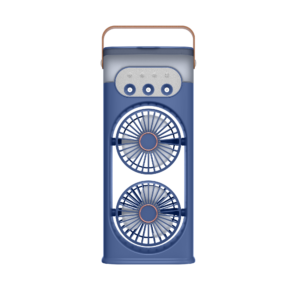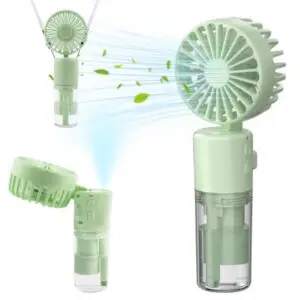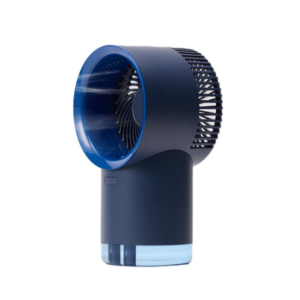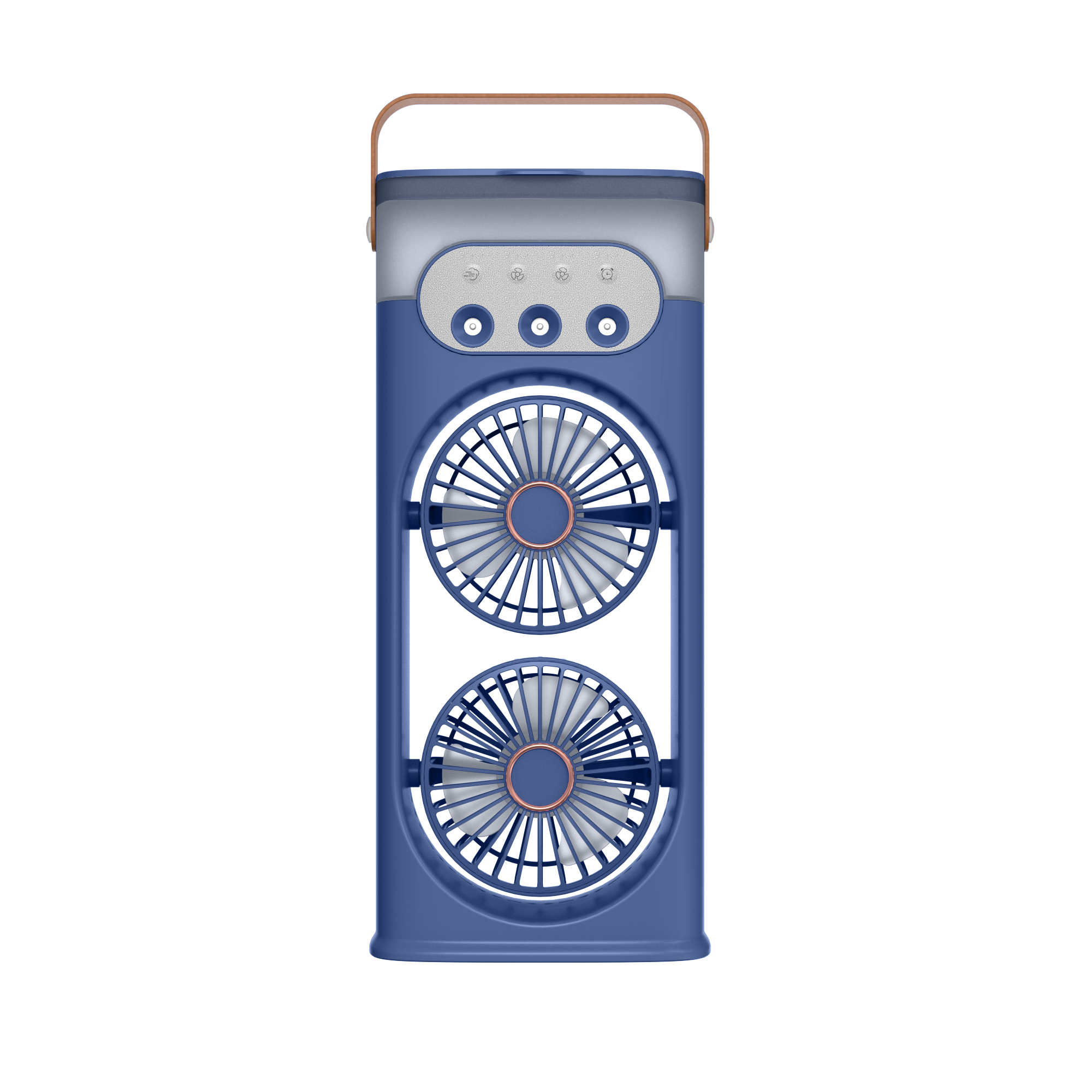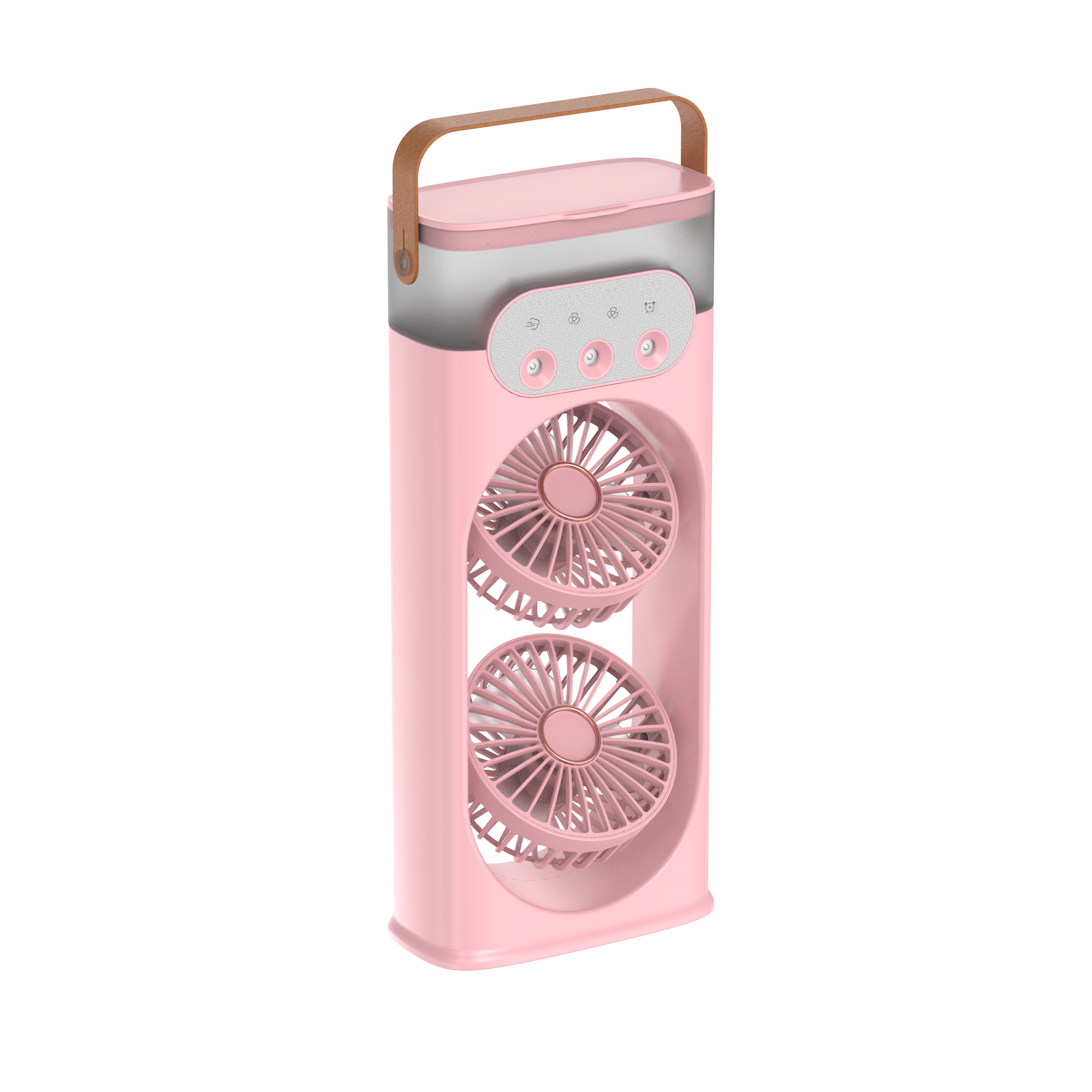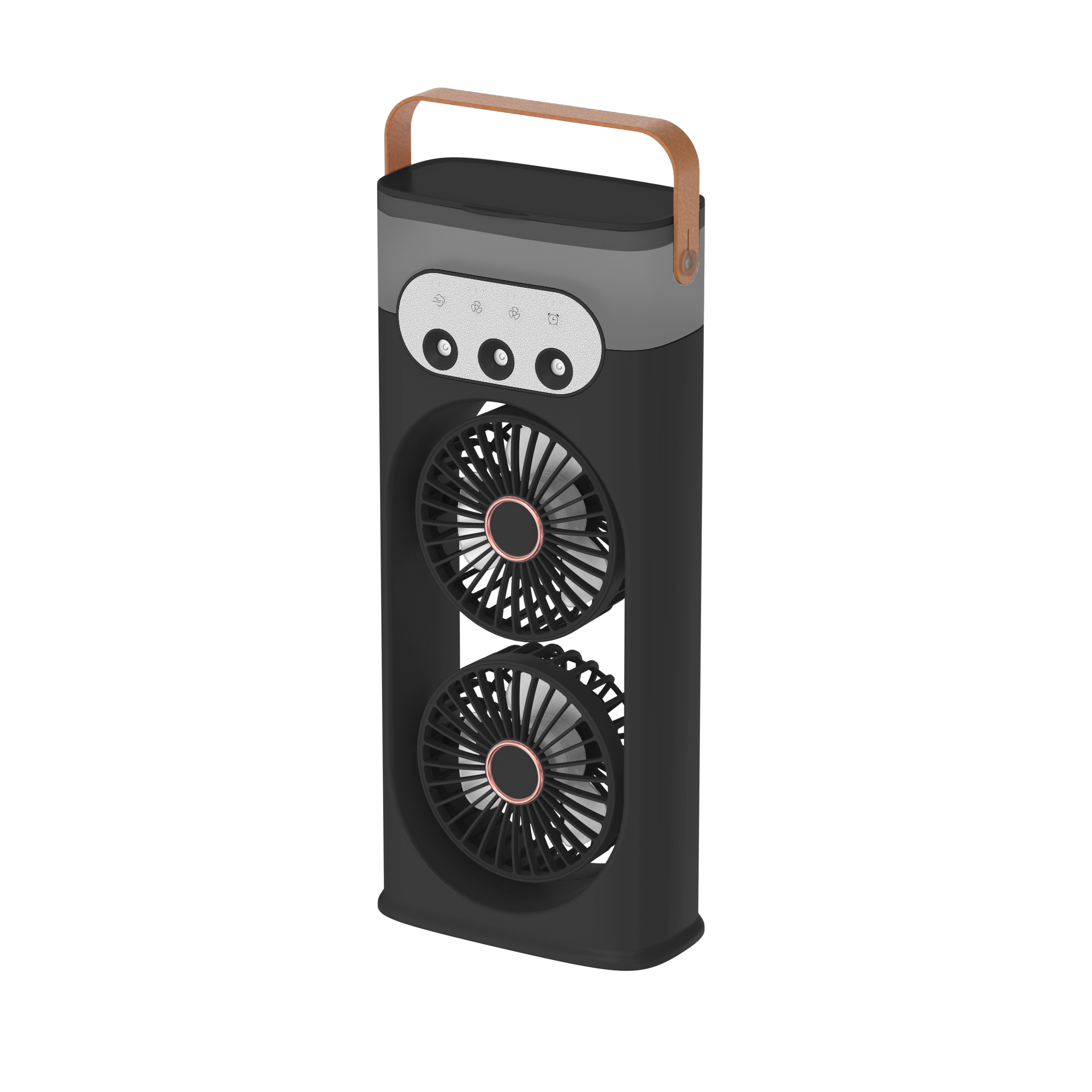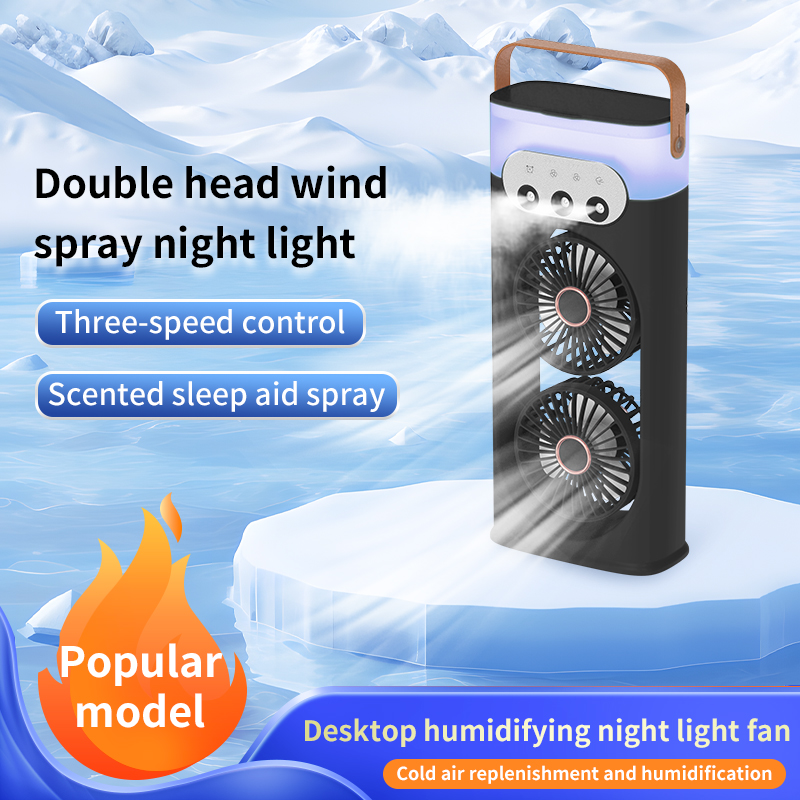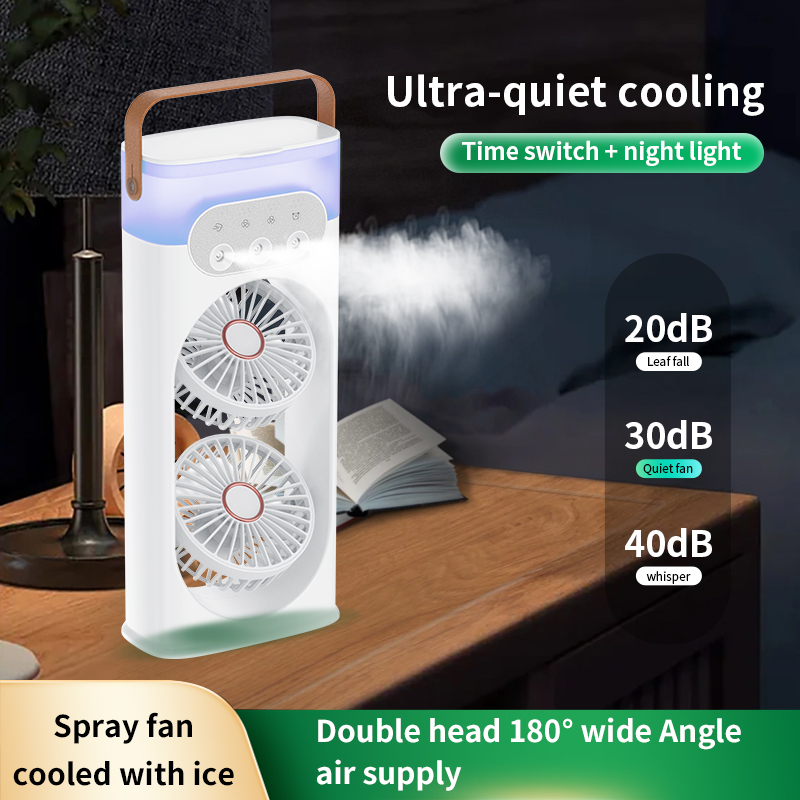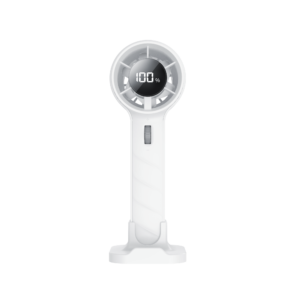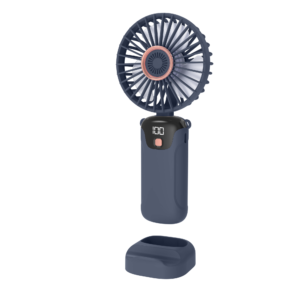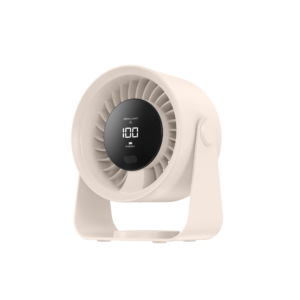1. Current Market Status of Handheld Fans
With their compact and portable design, handheld fans have become a popular summer essential in modern life. Whether outdoors in the heat or indoors without air conditioning, handheld fans provide a refreshing breeze. Today, the handheld fan market is flourishing, with numerous brands offering a variety of styles and features to meet consumer demands. From simple, basic models to smart, feature-rich versions, and from cute cartoon designs to sleek, modern aesthetics, consumers now have a wide range of choices.
As people’s expectations for quality of life increase, handheld fans are continually being upgraded in terms of airflow, battery life, and noise control. The market is becoming more competitive, with brands striving to improve product quality and attract more consumers.
2. Key Quality Control Points
(1) Appearance and Workmanship
As a portable item, the appearance and craftsmanship of handheld fans are crucial. The product should have a neat, uniform appearance without visible defects, scratches, or deformation. During inspections, check the seams to ensure they are secure and won’t easily crack. Buttons should be responsive, with tactile feedback, and the fan should be durable enough to withstand minor bumps and scrapes during daily use. For example, gently shake the fan to check for any looseness or abnormal sounds, which can indicate structural instability.
(2) Airflow and Noise
Airflow and noise are key performance indicators for handheld fans. To test airflow strength, turn on the fan and feel the airflow near the vent. The airflow should be strong enough to provide a comfortable breeze. High-quality handheld fans generally produce wind speeds of over 5 meters per second at the highest setting, delivering a quick cooling effect. Noise levels should also be checked to ensure they remain within acceptable limits—usually below 50 decibels—so they do not disturb the user. This can be measured accurately using a noise testing device in a quiet environment.
(3) Battery Performance
Battery performance is directly related to the convenience and endurance of handheld fans. Focus on battery life, testing how long the fan lasts at different airflow settings. High-quality handheld fans should last several hours on the lowest setting, meeting daily usage needs. Additionally, check the charging time and efficiency to ensure a smooth and stable charging process, with the battery fully charged within 2–3 hours. It’s also important to use high-quality batteries to avoid safety risks like explosions.
(4) Safety Features
Safety is a critical aspect of handheld fans. First, ensure that the fan has no sharp edges or fragile components that could cause injury. For example, the fan blades should be smooth and not sharp enough to harm the skin. Also, check if the product has passed relevant safety certifications, such as CE certification, which indicates compliance with safety standards. CE certification requires the fan to meet standards such as EN 60335 for electrical safety, as well as Low Voltage Directive (LVD) and Electromagnetic Compatibility (EMC) requirements.
(5) Additional Features
Some handheld fans come with additional features, such as adjustable speeds, rotating functions, or LED lights. These features should be tested for reliability and ease of use. For instance, the speed adjustment function should allow for smooth transitions between settings, with noticeable differences in airflow at each level. The rotating function should be flexible enough to direct airflow at different angles, and the LED lights should be appropriately bright without causing discomfort.
3. Methods to Improve Quality
(1) Brand Examples
In the handheld fan market, some emerging brands stand out for their dedication to quality and strong reputations. For example, the Wind brand by Xisheng focuses on product details, from material selection to craftsmanship, aiming for perfection. Its products feature a sleek, modern appearance with excellent performance, offering strong airflow and low noise, along with long-lasting battery life, providing consumers with an excellent user experience.
Yobonjee is known for its innovative designs and high-quality materials. The brand’s handheld fans feature unique, stylish designs with non-slip and anti-drop features. The internal structure emphasizes motor quality and stability, ensuring long-term performance. Yobonjee also maintains a strict quality control system, from production to final inspection, ensuring reliable products for consumers.
These successful brands provide a model for the industry, encouraging other companies to focus on quality and reputation, driving the healthy development of the handheld fan market.
(2) Technological Innovation
Gree’s single-blade fan design has introduced new ideas to the industry. By reducing the number of components, this design makes the fan more compact and lightweight, improving portability while lowering production costs. Additionally, the single-blade design reduces centrifugal force imbalance, allowing the fan to run more smoothly, with less noise and vibration, thereby increasing its lifespan. The odd-numbered blade design also increases the frequency and speed of air circulation, enhancing airflow and wind speed.
(3) Smart Control
Many handheld fans now feature smart control functions. Some models are equipped with human detection modules, allowing automatic on/off and wind speed adjustment. When a person approaches, the fan automatically turns on and adjusts the wind speed based on the distance between the person and the fan. When the person leaves, the fan shuts off, making it both convenient and energy-efficient.
For example, Flysunray has patented a “Fan Control Circuit and Intelligent Fan” technology that allows fans to track a person’s position automatically. By installing a human detection module on the fan’s rotating axis, the system can detect a person in front of the fan and record the angle of the axis when the signal is received. When the fan resets, the angle is sent to the drive module, which rotates the fan to the correct position, following the person’s location.
Other handheld fans use microwave radar modules for human presence detection, making bladeless fans even smarter. The radar sensor detects human presence and adjusts fan settings based on pre-set temperatures, offering reliable and flexible control.
4. Future Outlook
The handheld fan market has a promising future, but sustainable growth requires joint efforts from companies and regulatory bodies.
Companies, as market players, should prioritize quality and adopt sound business principles. This involves increased investment in research and development to innovate and improve product performance and quality. For example, companies could focus on developing safer, higher-energy-density batteries to enhance battery life and safety. At the same time, companies should emphasize product design, ensuring a user-friendly experience. Features such as ergonomically designed handles for comfortable grip and anti-slip, anti-drop functions to improve durability should be prioritized.
Additionally, companies must establish strict quality control systems, ensuring that every stage, from raw material procurement to final product inspection, is closely monitored. This ensures products meet relevant standards and prevents substandard products from entering the market.
Regulatory bodies should also play an active role in ensuring the healthy development of the handheld fan industry. On one hand, enforcement efforts should be increased to penalize companies producing or selling substandard products. On the other hand, clear standards should be established and promoted to guide companies in producing quality products. Consumer education on product safety and quality should also be enhanced to help people make informed purchases.
By working together, companies and regulatory bodies can foster a thriving handheld fan industry that offers consumers high-quality, safe, and convenient products, bringing more comfort during the sweltering summer months.

